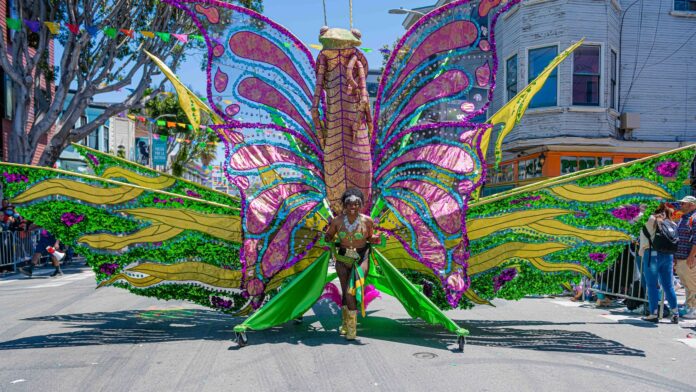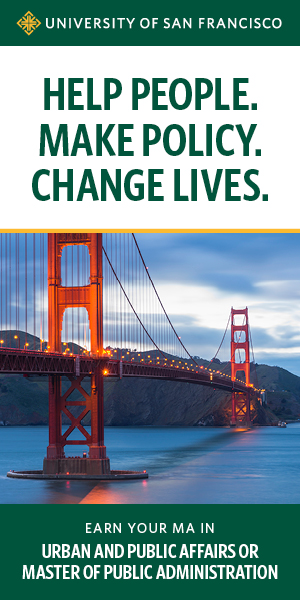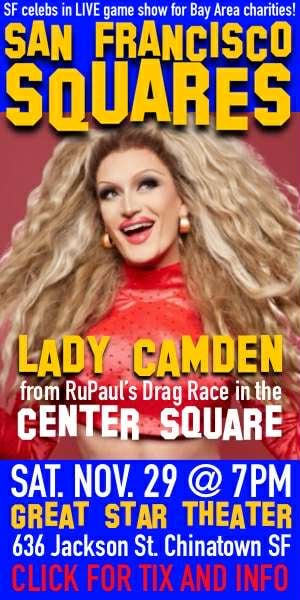Don’t worry, some things may be changing around here, but San Francisco Carnaval (Sat/24 and Sun/25) isn’t one of them.
“You don’t cancel Christmas, you don’t cancel Carnaval,” says the event’s executive director Rodrigo Durán, stealing a classic quote coined by Roberto Hernandez, Durán’s predecessor and current CEO of Cultura y Arte Nativa de las Americas, the non-profit that runs the Mission District tradition.
Who would try? The yearly festival and grand parade is run with the help of 400 volunteers, a clear sign that its importance to the community has only grown since Carnaval’s first edition, organized by Connie Williams in the Mission back in 1978 (following a celebration in the Fillmore in 1977 that was held in front of Williams’ Trinidadian restaurant.)
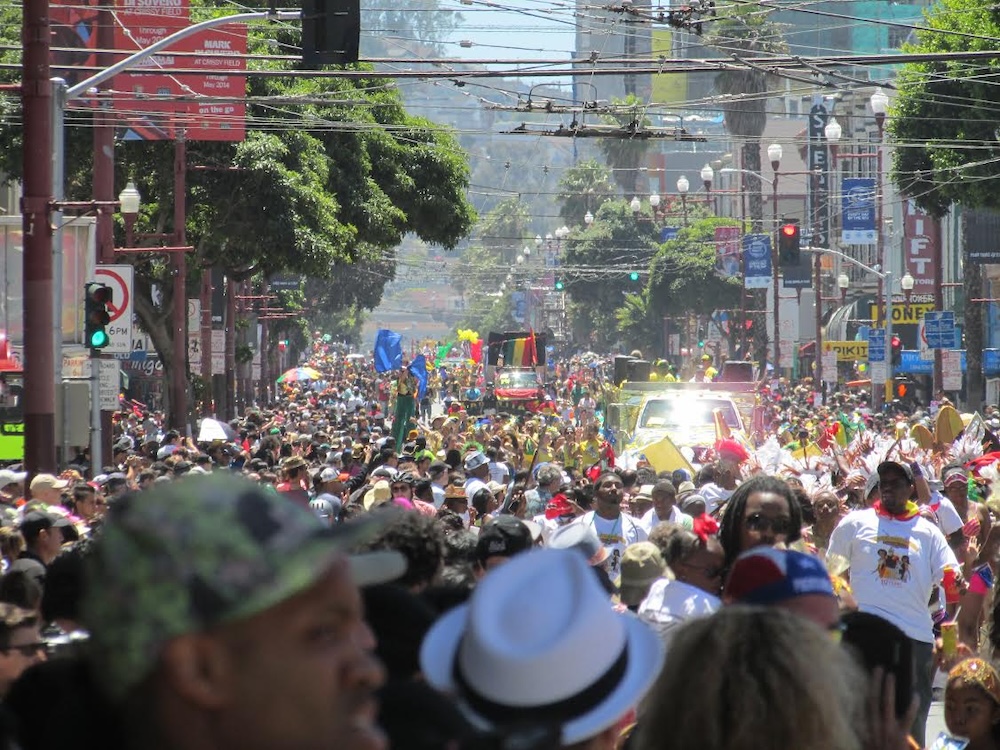
That was the year when Panamanian dance teacher Adela Chu saw a need for more celebration of Afro Caribbean culture in the pan-Latino Mission neighborhood and decided to do something about it. Carnaval’s first edition set the tone for those to come, lending a unique touch of San Francisco bohemian chaos to the superlative Latin party rhythms and tireless dancing blocos traditional to the pre-Lent Catholic ritual that is celebrated throughout the Americas. (Take it back to my 2016 article for more on this inspiring local history.)
And today—well, what can we say about 2025? A joyfully multicultural, free-to-all-comers street festival run by Black and Brown community leaders and starring talent from Cuba and Mexico seems more important than ever.
I got a chance to link with Durán, who has been dancing to the beat of SF Carnaval since before he was born, via phone. We talked about its past, present, and future rhythms. He also wanted to remind everyone that you have to buy your grandstand tickets for the grand parade before the event itself! You know how important it is to have a place to sit—and given that the tickets’ sale is an important source of donations to the yearly event, chipping in means treating your neighbors as well.

48HILLS You’re a lifelong San Francisco resident from the Mission. What are your earliest memories of Carnaval?
RODRIGO DURÁN I mean, I started in the womb. My mom was pregnant with me 35 years ago, doing danza azteca. I grew up in a household of danzantes, and every year we participated in the parade. I think my first vivid memory was probably at like, five years old, being too young to traverse the 20 blocks of the parade. It’s hot and you have to dance the whole way down, so we were the ones sitting on the float and just like, shaking our sonaja or maraca while we hear the drumming right next to us.
48HILLS In the womb, even! This year’s theme is “AfroMundo: African Diaspora in the Americas.” Carnaval always seems like a celebration of Afro-Latin culture—what is happening this year to put special emphasis on those legacies?
RODRIGO DURÁN Correct, every day and every year is AfroMundo in Carnaval San Francisco. We had planned maybe five years prior what the themes would be for the following years. Last year we had chosen “Honor Indigenous Roots,” so we delved into those heritages, and it only felt right to balance it this year with our African diasporic roots. That’s why “AfroMundo” was chosen this year, to continue that work of really diving deep into our identities and putting it at the forefront, so we can connect with it, learn about it, and have fun with it.
48HILLS Is there any particular programming or invited artists that you feel really typify that focus?
RODRIGO DURÁN One of our headliners [Wampi] is coming directly from Cuba. We managed to get visas during these tumultuous times in the United States. He’s a 21-year-old trailblazer within this genre called reparto. It’s a genre that’s been around maybe 20 years or so, but it’s finally picked up steam outside of Cuba. It’s a mixture of timba, like Cuban salsa, reggaeton and hip hop. And together, they create this music. This is his first time in the United States, his first time in San Francisco, and he’s headlining this event. One, he’s Afro Cuban, but two, the rhythms are just africano, right? This really resonates with our theme.
That’s at the festival. In the parade, both our grand marshals are representative of the African diaspora. We have Dandha Da Hora, who is Afro Brazilian. She is from Bahia and she’s been here for about 20, 30 years, and has always participated in Carnaval. She comes from this lineage of Afro bloco called Ilê Aiyê, it was the first bloco, comparsa in Brazil, in 1974, that decided to say, “We are a Black comparsa, we are a Black bloco,” [in defiance] of all the racism and ignorance that existed. There was no bloco that identified as being just Black, of African roots, to highlight their culture, their religion, their language, their vestimenta. She comes from that lineage.
And then there’s John Santos. He is of Cape Verdean and Puerto Rican descent, and he is a culture-bearer, master Latin percussionist, seven-time Grammy award nominee. He’s just a gem, and he is a storyteller, a musician. He brings rhythms and traditions through music.
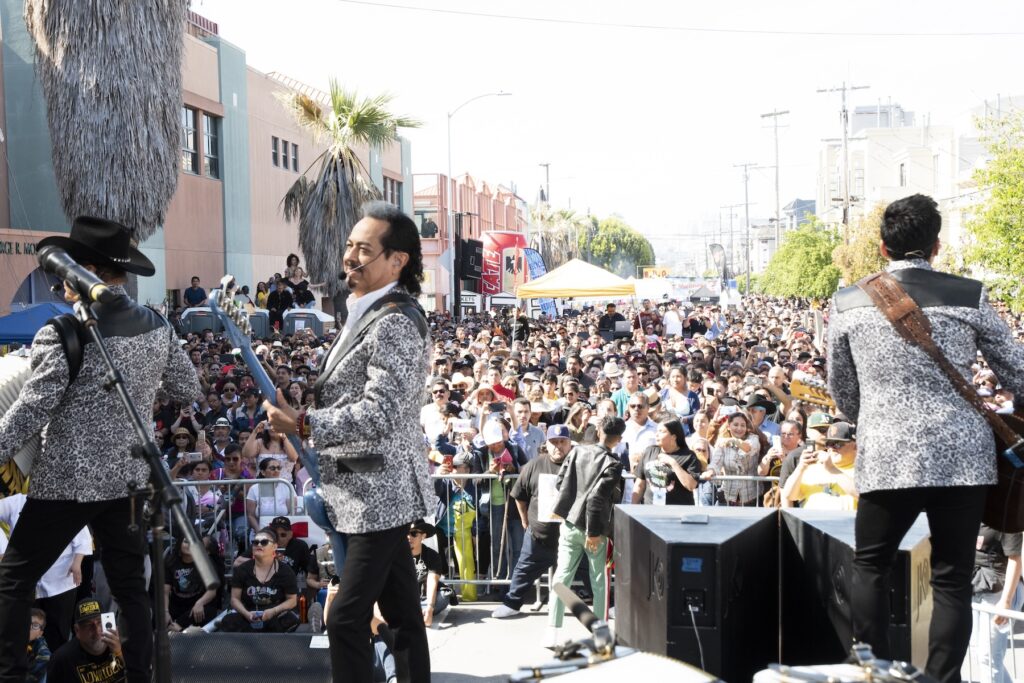
48HILLS So these are very exciting headliners, including Camilo Lara’s Mexican Institute of Sound. Is there an artist who has never performed at Carnaval who you’d love to book for a future edition?
RODRIGO DURÁN Who has never performed at Carnaval? That’s—wow. I mean, a lot come to mind. We’re a 501c3 non-profit organization [CANA also operates Mission Food Hub, SF Lowrider Council, Latino Task Force, the Cesar Chavez Parade and Festival, and 681 Florida Street Housing], we don’t charge, it’s 100 percent free, so it’s hard to get artists that are wonderful and expensive. But if I had a magic wand, Calle 13. That would phenomenal. La Caballota, you know, Ivy Queen. It’s obviously a long list—Carlos Vives! I want to also give props to other countries, right. Machel Montano from Trinidad and Tobago, he’s the king of soca. El Gran Combo—that’s a lot of Puerto Ricans, but they do a lot of stuff. It’s hard to create a list on the spot of artists—there’s one great group from Portland or Seattle, they do corridos—but those are the ones who come to mind.
48HILLS No worries, that’s a great spontaneous list. I read in the press statement that your team sent over that Carnaval generates $16 million for local businesses, which is an incredible number. How was that figure calculated, what does it encompass?
RODRIGO DURÁN That’s even lowballing. We’ve actually redone our numbers based on reports and estimates and it’s actually closer to about $25 million, because one, we bring between 400,000 to 500,000 people for the two events. If you think about every individual, do the math on how much they spend every day—let’s say it’s about $60 per person, this is San Francisco. Do that math and you will get some figures like that. Not only that, you know when money is allocated into a neighborhood, it actually is worth more. There’s more that goes into it, that gets invested. Generally those are the some of the calculations. We know from the 200+ businesses in the area, they all sell out on Carnaval weekend, they’re thriving during this Memorial Day celebration.
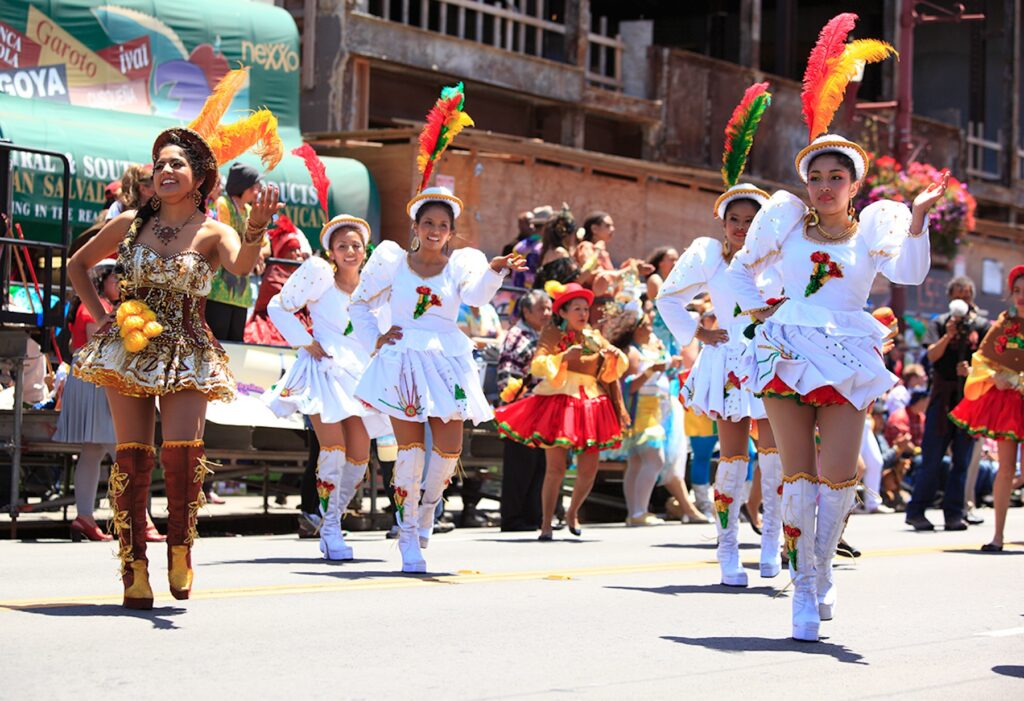
48HILLS That’s how many people you guys are expecting this year, roughly half a million?
RODRIGO DURÁN Yep.
48HILLS How many workers do you have running the event?
RODRIGO DURÁN We rely on over 400 volunteers to make this celebration happen every year. We have about 20 dedicated volunteers that go to “Carnaval church” on Mondays, 6 to 8pm, religiously, year-round to help us produce this celebration. We’re a staff of four people only. We make magic happen, because we believe in the power of volunteerism.
48HILLS You mentioned this earlier, but obviously, 2025 is such a fraught year for so many of the communities that make Carnaval what it is. El País, one of the most significant Spanish-language publication there is [full disclosure: I work as a translator for its English-language site] called the festivities a “political declaration.” Do you agree? And what is that declaration, if so?
RODRIGO DURÁN I think it’s political in a sense, without necessarily saying “we’re political.” It’s an act of resistance and resistance becomes something political, or can be politicized. You can go very granular, talk about our bodies, right? What they represent, being out in the public, showcased in this beautiful light. Showcased with dignity, with respect, with awe, with admiration. You see Black and Brown bodies being celebrated, that in and of itself, especially during these times, is an act of resistance, political resistance. To think that some of these families are folks that are undocumented, immigrant folks that are being villainized during these times, they can go out and be happy. They can go out and be unafraid, regardless of the fear that they’re facing every day. At Carnaval San Francisco, they’re free. Their children are free. We’re here to be our authentic selves. That can be political sometimes. We don’t have to say “fuck this” or “I’m not down with that” to do the act of resistance that we do through Carnaval.
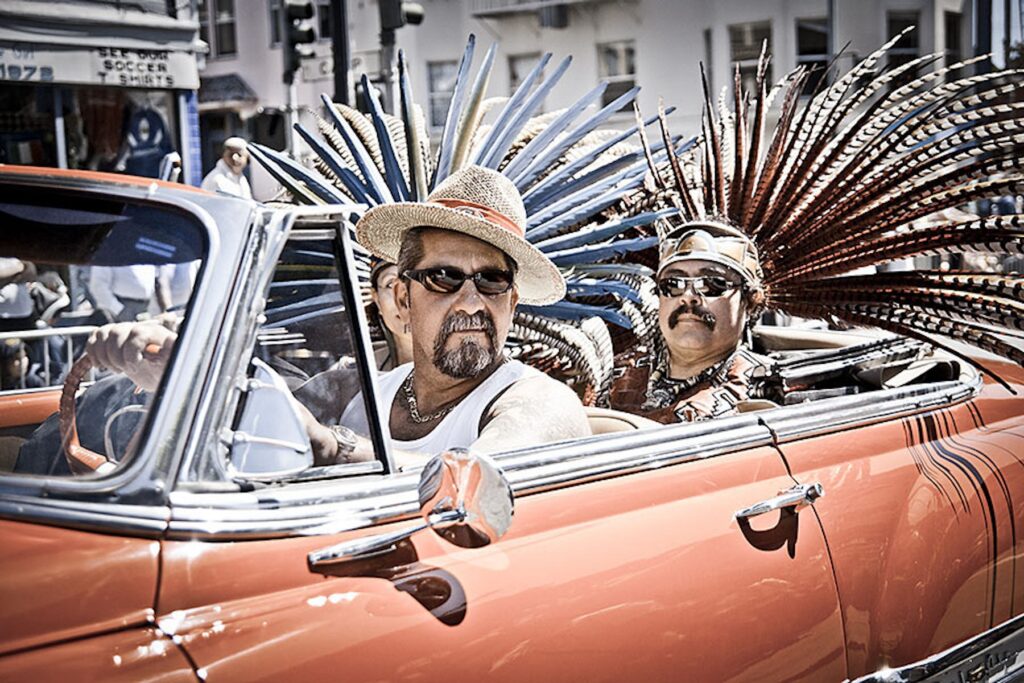
48HILLS How are you working on keeping this event around? You know, the city is changing, the country is changing—what do you think is the key to Carnaval’s longevity?
RODRIGO DURÁN People power. I mean, I shared the number of volunteers, but it expands beyond volunteers. People power comes in the shape of cultural institutions in the Bay Area, it comes in the shape of local businesses that support us. It comes in the shape of elected officials, departments—they’re all people within those categories, and all of those folks, the neighbors in the Mission and the Bay Area, make this celebration happen. My CEO of CANA, Roberto Hernández, said once in 2013, when there was a fear of Carnaval ceasing to exist, he said, “You don’t cancel Christmas, you don’t cancel Carnaval.”
CARNAVAL Festival Sat/24 and Sun/25, 11am-6pm. Grand parade Sun/25, 10am-2pm. Mission District, SF. More info here.


